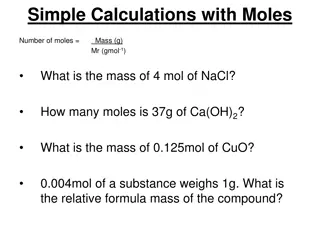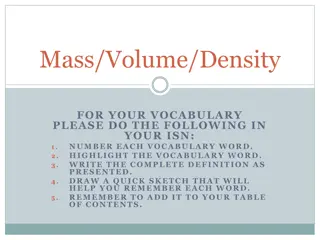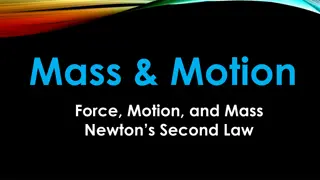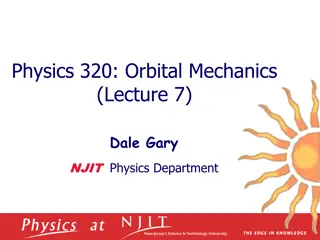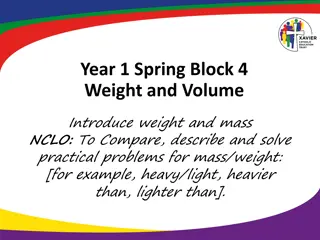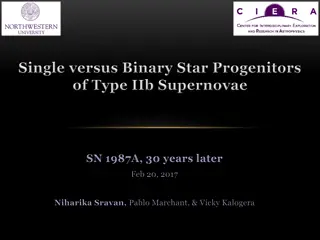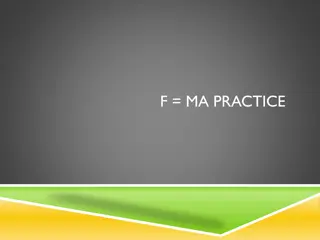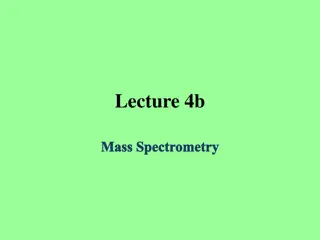Mass Communication
Create complete and concise messages with necessary information, considering receiver's viewpoint and communicating concretely. Explore the importance of completeness, conciseness, consideration, and concreteness in effective communication to ensure your messages are well-received and understood.
Uploaded on Feb 23, 2025 | 0 Views
Download Presentation

Please find below an Image/Link to download the presentation.
The content on the website is provided AS IS for your information and personal use only. It may not be sold, licensed, or shared on other websites without obtaining consent from the author.If you encounter any issues during the download, it is possible that the publisher has removed the file from their server.
You are allowed to download the files provided on this website for personal or commercial use, subject to the condition that they are used lawfully. All files are the property of their respective owners.
The content on the website is provided AS IS for your information and personal use only. It may not be sold, licensed, or shared on other websites without obtaining consent from the author.
E N D
Presentation Transcript
Department of Mass Communication 7 C s OF COMMUNICATION SONIa sikand Pggcg-42 Chandigarh
COMPLETENESS COMPLETENESS Message is complete when it contains all facts the reader or listener needs for the reaction you desire. Communication senders need to assess their message through the eyes of the receivers to be sure they have included all relevant information. Provide all necessary information. Answer all questions asked. Give something extra when desirable.
PROVIDE ALL NECESSARY INFORMATION PROVIDE ALL NECESSARY INFORMATION Give all detail which is necessary for complete and accurate understanding. One way to make your message complete is by asking five W questions; Who? What? When? Where? Why? And other essentials as How? These are useful for making requests, announcements, or other informative messages.
CONCISENESS CONCISENESS Conciseness is saying what you have to say in fewest possible words without sacrificing other C qualities. A concise message is complete without being wordy.
CONTD CONTD . . A concise message saves time and expense for both sender and receiver. Conciseness contributes to emphasis; by eliminating unnecessary words you let important ideas stand out. When combined with you-view , concise messages are more interesting to the recipients. Conciseness includes; eliminate wordy expression Include only relevant material Avoid unnecessary repetition
CONSIDERATION CONSIDERATION Consideration means preparing every message with the message receivers in mind: put yourself at their place; being aware of their ideas, emotions, attitudes, desires, circumstances and probable reactions to your point. Handle the matter from their point of view, called as you-attitude
CONCRETENESS CONCRETENESS Communicating concretely means being specific, definite and vivid rather than vague and general. Use denotative words (dictionary based, direct) rather than connotative words (ideas, notions suggested by or associated with a word .
BENEFITS BENEFITS Receivers know exactly what is required or desired. Increase the chances that the message will be interpreted the way sender intended. More vivid and interesting.
SPECIFIC WAYS TO INDICATE SPECIFIC WAYS TO INDICATE CONCRETENESS CONCRETENESS Use specific facts and figures Put action in your verbs Choose vivid, image building words.
CHECKLIST FOR CONCRETENESS CHECKLIST FOR CONCRETENESS Precise in presenting facts and figures. Use active voice more than the passive. Use action verbs to make idea clear. Use of image building words where necessary.
CLARITY CLARITY Getting the meaning from your head into the head of your reader accurately is the purpose of clarity.
WAYS TO INDICATE CLARITY WAYS TO INDICATE CLARITY Choose precise, concrete and familiar words. Construct effective sentences and paragraphs.
CHECKLIST FOR CLARITY CHECKLIST FOR CLARITY Choose precise or as concrete a word as possible. Select words that have a high sense of appropriateness for the reader. Go for the familiar words. Limit average length of a sentence is 17- 20 words. Insert no more than one main idea in a sentence. Arrange words so that the main idea occurs early in a sentence.
COURTESY COURTESY Courtesy means not only aware of others perspective but feelings. Courtesy stems from a sincere you- attitude show respect and concern for others . Consider your audience.
CHECKLIST FOR COURTESY CHECKLIST FOR COURTESY Communication should have you-attitude. Have someone review your statement to avoid disrespect. Be careful in using language. Be aware of gender, race, color, creed etc.
CORRECTNESS CORRECTNESS Use of proper grammar, punctuation and spellings. Some message though grammatically and mechanically complete and perfect may insult or lose a customer . SO Use the right level of language Check accuracy of figures, facts and words. Maintain acceptable writing mechanics.
USE THE RIGHT LEVEL OF LANGUAGE USE THE RIGHT LEVEL OF LANGUAGE There are three levels of language Formal Informal Substandard So writing style for each level is different.
CHECKLIST FOR CORRECTNESS CHECKLIST FOR CORRECTNESS Select the right level of language for communication; either formal or informal. Realize that informal language is used in business communication. Check your accuracy of facts and figures by making other person read your material.
THANK YOU THANK YOU
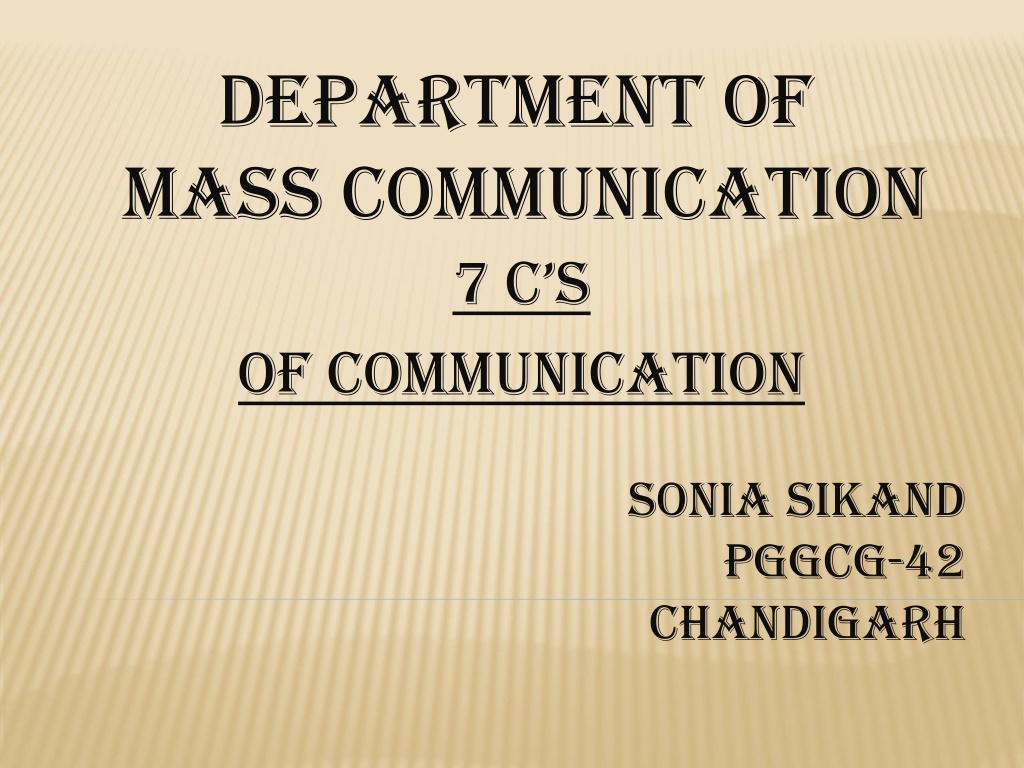
 undefined
undefined







